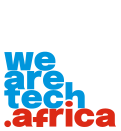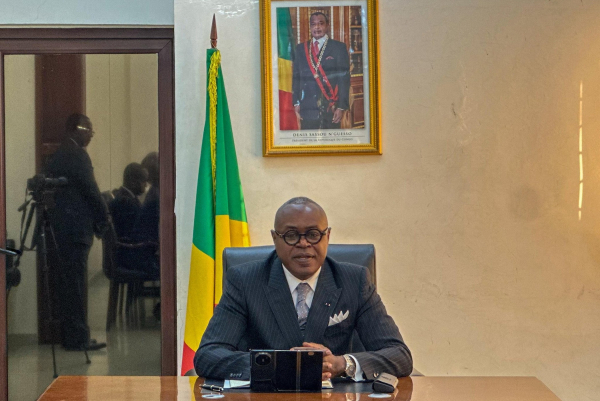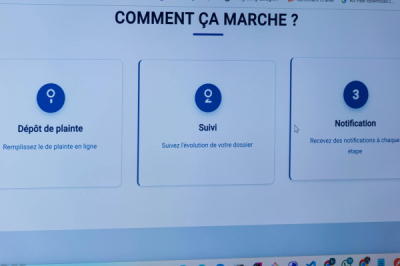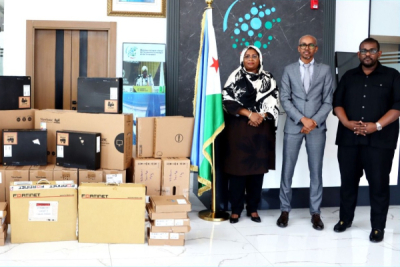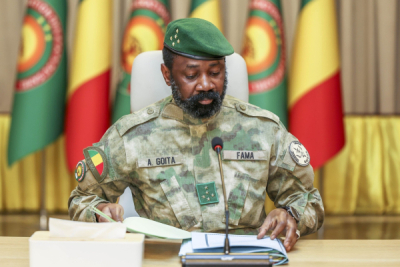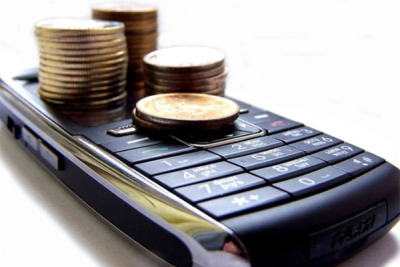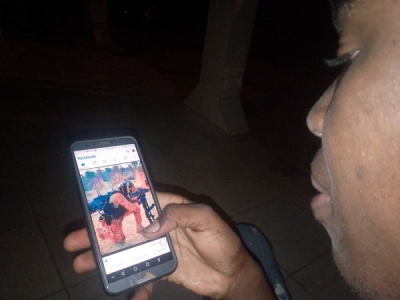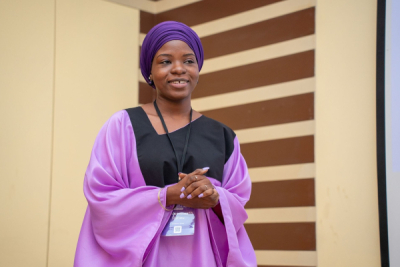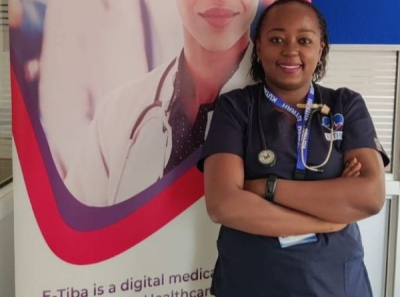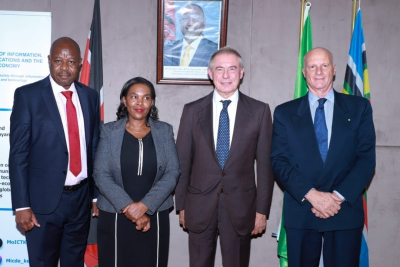- Twenty high-speed Internet sites launched under a $100 million digital project.
- The program aims to connect 76 rural sites nationwide by the end of 2025.
- Limited electricity access remains a major challenge in remote areas.
Congo’s Minister of Posts, Telecommunications, and the Digital Economy, Léon Juste Ibombo, announced on Monday, October 13, the activation of 20 high-speed Internet access points in rural areas. The initiative, unveiled during a visit by a World Bank delegation for the Africa region in Brazzaville, aims to democratize Internet access nationwide and reduce the digital divide.
“As of today, 76 connectivity sites have been built and equipped across the country. Of these, 20 are already connected to high-speed Internet, allowing residents in remote areas to go online in real time,” said the minister.
The rollout is part of the Digital Transformation Acceleration Project (PATN) and the broader Digital Strategy 2030. Co-financed by the World Bank and the European Union for $100 million, the PATN represents one of the largest investments ever made in Congo’s digital sector. The government has also contributed an additional $3 million to upgrade infrastructure, prioritizing 4G technology to ensure stable and efficient connections.
The government’s goal is to connect all 76 sites to 4G by the end of the year, creating new economic and social opportunities for rural communities in e-commerce, e-learning, and e-government.
Beyond infrastructure, the initiative seeks to narrow the digital gap between urban and rural areas and strengthen the state’s capacity to deliver efficient online public services. However, persistent challenges remain, especially limited access to electricity. According to the World Bank, 67% of the urban population has electricity, compared with only 12.4% in rural areas.
